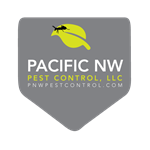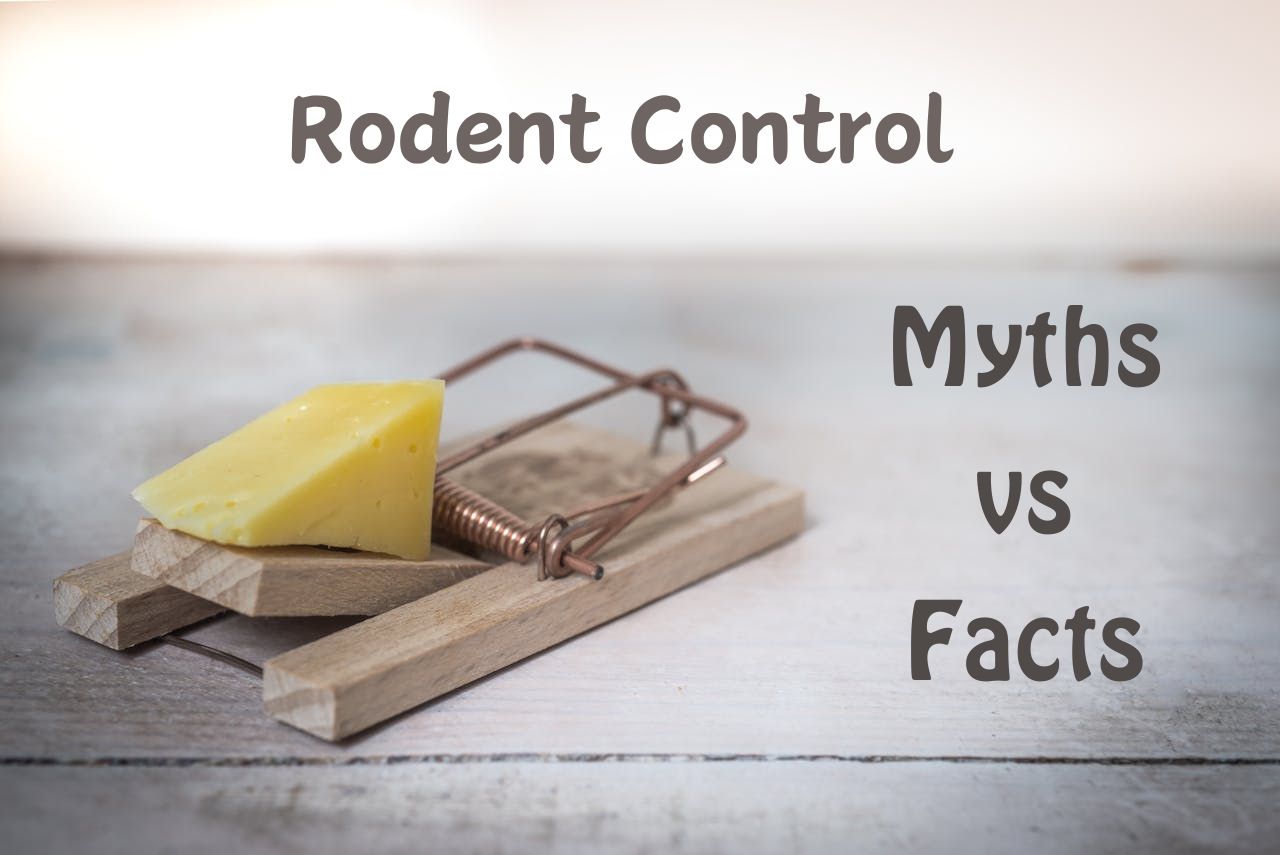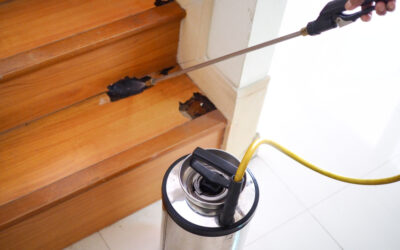Rodent infestations can be a nuisance for homeowners and businesses alike, posing health risks and property damage. However, misinformation about rodent control methods often leads to ineffective solutions and persistent problems. In this article, we’ll debunk common rodent control myths and provide evidence-based facts to help residents of Washington and Oregon effectively manage rodent populations.
Myth #1: Cheese is the Best Bait for Mouse Traps
One of the most enduring myths about rodent control is that cheese is the ultimate bait for mouse traps. While cheese may attract mice to some extent, it’s not necessarily the most effective bait. In reality, mice are omnivorous and will eat a wide variety of foods, including grains, nuts, seeds, and even chocolate. Peanut butter is often cited as a more effective bait for mouse traps due to its strong smell and sticky texture, which makes it difficult for mice to steal without triggering the trap.
Myth #2: Ultrasonic Repellent Devices Effectively Deter Rodents
Ultrasonic repellent devices claim to emit high-frequency sound waves that are unpleasant to rodents, driving them away from the treated area. While these devices may seem like a convenient and humane solution to rodent infestations, scientific evidence supporting their effectiveness is limited. In fact, studies have shown that ultrasonic repellent devices often fail to repel rodents consistently, with many rodents quickly habituating to the sound or simply ignoring it altogether.
Myth #3: Cats Are Sufficient for Rodent Control
While cats are natural predators of mice and rats, relying solely on feline companionship for rodent control is often insufficient, especially in urban and suburban areas. Domestic cats may not have the same hunting instincts as their wild counterparts, and rodents can quickly adapt to the presence of predators. Additionally, not all cats are effective hunters, and some may simply ignore or avoid rodents altogether. While having a cat as a pet may help deter rodents to some extent, it should not be considered a standalone solution for rodent control.
Myth #4: Poison Baits are a Safe and Effective Rodent Control Solution
Poison baits, also known as rodenticides, are commonly used to control rodent populations by killing them through ingestion of toxic chemicals. While rodenticides may appear to be a convenient solution for rodent control, they pose significant risks to non-target species, including pets, wildlife, and humans. Accidental ingestion of rodenticides can result in secondary poisoning of predators and scavengers, as well as unintended harm to children and pets. Additionally, rodents may develop resistance to certain types of rodenticides over time, reducing their effectiveness.
Fact #1: Seal Entry Points to Prevent Rodent Access
A proactive approach to rodent control involves sealing entry points to prevent rodents from accessing homes and buildings in the first place. Mice can squeeze through openings as small as a dime, while rats can fit through openings the size of a quarter. Inspect the exterior of your home or business for potential entry points, including gaps around doors and windows, utility penetrations, vents, and cracks in the foundation. Seal any openings with caulk, steel wool, or metal mesh to deter rodents from entering.
Fact #2: Trapping and Removal is an Effective Control Method
When faced with a rodent infestation, trapping and removal is often the most effective control method, particularly for mice and rats. Snap traps and live traps are commonly used to capture rodents, with snap traps designed to kill rodents quickly and humanely upon activation. Live traps allow for the capture of rodents without harming them, allowing for their safe release away from the property. Proper placement of traps along known rodent pathways and in areas of high activity can increase their effectiveness.
Fact #3: Integrated Pest Management (IPM) Strategies are Key
Integrated Pest Management (IPM) is an environmentally sensitive approach to pest control that emphasizes prevention, monitoring, and the use of multiple control methods to achieve long-term solutions. In the case of rodent control, IPM strategies may include sealing entry points, maintaining proper sanitation practices, implementing trapping programs, and reducing attractants such as food and water sources. By combining various control methods in a strategic and targeted manner, IPM can effectively manage rodent populations while minimizing environmental impact.
Fact #4: Proper Sanitation Practices Help Prevent Rodent Infestations
Maintaining proper sanitation practices is essential for preventing rodent infestations and reducing the attractiveness of your property to rodents. Keep food stored in tightly sealed containers, clean up spills and crumbs promptly, and regularly empty garbage cans and compost bins. Remove clutter from around the exterior of your home or business, as clutter provides hiding places and nesting sites for rodents. By eliminating food and shelter sources, you can make your property less inviting to rodents and reduce the risk of infestation.
In Washington and Oregon, effective rodent control requires a combination of proactive measures, evidence-based strategies, and a commitment to integrated pest management principles. By debunking common myths and embracing factual information about rodent behavior and control methods, residents can successfully manage rodent populations while minimizing risks to human health and the environment. From sealing entry points and implementing trapping programs to maintaining proper sanitation practices, a multifaceted approach is key to achieving long-term rodent control solutions in the Pacific Northwest.




